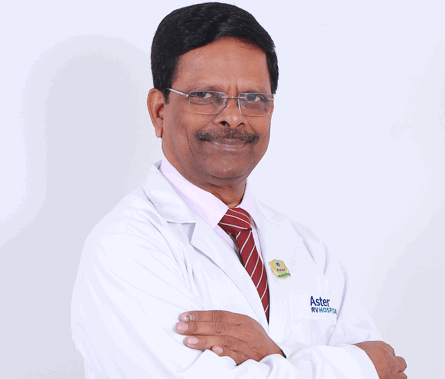Parkinson’s disease, a prevalent neurological disorder primarily affecting the elderly, stands as a significant global health concern. Characterized by the progressive degeneration of dopamine-producing nerve cells in the brain, Parkinson’s disease leads to a range of motor impairments and other debilitating symptoms. Its increasing prevalence, coupled with the substantial burden it places on individuals, families, and healthcare systems, necessitates heightened awareness and understanding of the disease’s manifestations, diagnostic approaches, and available management strategies. World Parkinson’s Day, observed annually on April 11th, serves as a crucial platform to disseminate information and advocate for improved care and support for those affected by this debilitating condition.
The insidious nature of Parkinson’s disease often contributes to a delay in diagnosis. Early symptoms, such as chronic constipation, loss of smell (anosmia), and sleep disturbances, can be subtle and easily attributed to other factors, especially in older individuals. As the disease progresses, more characteristic motor symptoms emerge. Tremors, typically starting in the hands at rest, are often the initial telltale sign. Rigidity or stiffness in the limbs and body make movement challenging and uncomfortable. Bradykinesia, or slowness of movement, affects various physical actions and can even impact cognitive processing and responsiveness. Postural instability, leading to balance problems and falls, further complicates daily life for those with Parkinson’s. These core motor symptoms gradually worsen over time, accompanied by a range of non-motor symptoms that can significantly impact quality of life.
Beyond the primary motor impairments, individuals with Parkinson’s disease may experience a constellation of non-motor symptoms. These can include cognitive decline, such as memory problems and difficulty with executive functions. Communication can also be affected, with individuals experiencing softer speech, slowed articulation (dysarthria), and difficulty finding words. Sleep disturbances, depression, anxiety, and apathy are also common non-motor manifestations of the disease, further contributing to the overall burden on individuals and their families. Changes in gait, including shuffling steps and a stooped posture, become increasingly evident as the disease advances. Recognizing these various symptoms is crucial for timely diagnosis and comprehensive management of the disease.
Diagnosing Parkinson’s disease primarily relies on a thorough clinical evaluation by a neurologist. A detailed assessment of the patient’s medical history, neurological examination, and observation of characteristic motor symptoms form the basis of the diagnosis. While no definitive laboratory test exists to confirm Parkinson’s, imaging studies such as DAT scans and MRI scans may be employed to rule out other conditions and support the clinical diagnosis. Differentiating Parkinson’s disease from other neurological conditions that mimic its symptoms, known as Parkinsonian syndromes, is essential as these alternative diagnoses may not respond to standard Parkinson’s treatments. Identifying and addressing any underlying secondary causes for parkinsonism, such as medication side effects or other medical conditions, is also crucial for effective management.
Despite significant advancements in medical research, Parkinson’s disease currently has no cure. The primary focus of treatment is to alleviate symptoms, improve quality of life, and slow disease progression. A multidisciplinary approach involving neurologists, neurosurgeons, psychiatrists, rehabilitation specialists, and other healthcare professionals is crucial for comprehensive care. Treatment strategies encompass both pharmacological interventions and surgical options. Medications aim to replenish dopamine levels in the brain or mimic dopamine’s effects, thereby mitigating motor symptoms. Surgical procedures, such as deep brain stimulation (DBS), may be considered in select cases to further manage symptoms that are inadequately controlled by medication alone.
Ongoing research continues to explore new therapeutic avenues for Parkinson’s disease, including investigations into neuroprotective therapies that may slow or halt the underlying neurodegenerative process. The focus on improving existing treatments and developing novel interventions offers hope for individuals currently living with Parkinson’s disease and for future generations. Raising public awareness, supporting research efforts, and advocating for enhanced resources for those affected by this challenging condition remain paramount in the fight against Parkinson’s disease. Through continued dedication and collaboration, the goal of finding a cure and effectively managing the symptoms of this debilitating disease can be realized.














